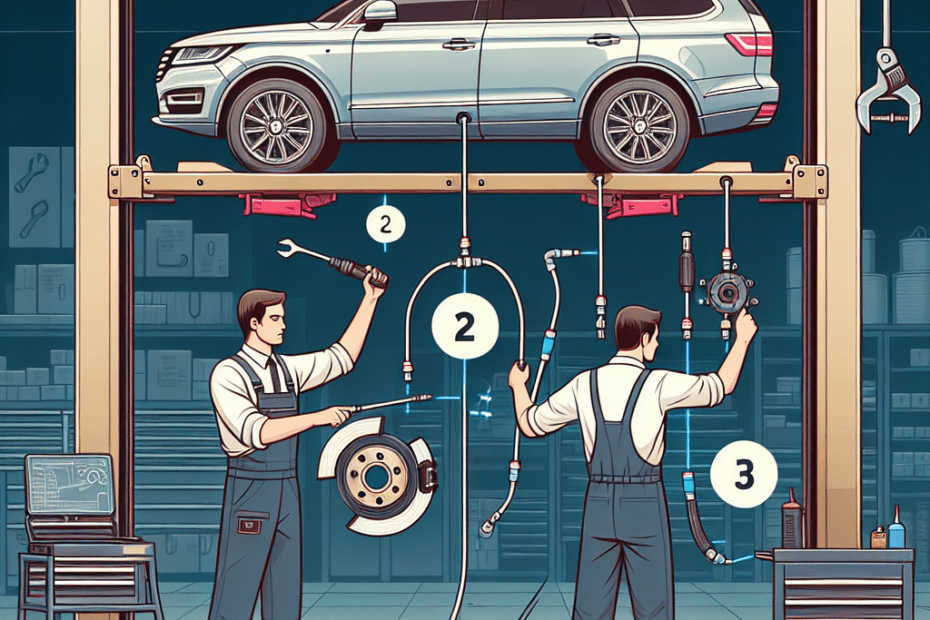“`html
When they want to boost their vehicle’s stopping power, one of the first upgrades car enthusiasts consider is upgrading their brake lines. Quality brake lines can significantly enhance braking performance, making driving safer and more efficient. Let’s explore how they can successfully upgrade brake lines in their cars.
The Importance of Brake Lines
Brake lines are crucial for any vehicle because they transport hydraulic fluid from the master cylinder to the brake calipers. The fluid creates pressure that helps stop the car. Standard brake lines are made of rubber, prone to expanding under pressure, which can reduce braking effectiveness. Upgrading to stainless steel brake lines can eliminate this issue by providing a more direct feel and better performance.
Choosing the Right Brake Lines
There are several types of brake lines available, and choosing the right one is essential. They need to consider factors like the material, whether stainless steel or Kevlar-reinforced lines, both offering greater durability and performance. Stainless steel is the most common upgrade as it prevents expansion and provides a firmer pedal feel.
Installation Guide
Upgrading brake lines requires some mechanical skills, but it’s doable with the right tools and steps.
| Step | Action |
|---|---|
| 1 | Gather necessary tools such as wrenches, brake fluid, and a catch container. |
| 2 | Lift the vehicle using a jack and ensure it’s secure on stands. |
| 3 | Locate the brake lines and unscrew them from the master cylinder. |
| 4 | Install the new brake lines, ensuring all connections are tight. |
| 5 | Bleed the brakes to remove any air from the system. |
| 6 | Test the brakes for firmness and leaks, and then take a test drive. |
Benefits of Upgraded Brake Lines
By upgrading brake lines, they can enjoy several benefits. These include increased stopping power, improved responsiveness, and a longer lifespan of brake components due to less stress and rubber degradation. According to Brake Performance, stainless steel lines can improve brake performance by up to 50% compared to traditional rubber lines.
Common Mistakes to Avoid
While upgrading brake lines, there are common mistakes they should avoid. Forgetting to bleed the brakes properly or not tightening the fittings can lead to brake failure. Also, using incompatible brake fluid may damage the system and reduce performance.
Key Takeaways
- Upgrading brake lines increases stopping power and safety.
- Choosing between stainless steel or Kevlar-reinforced lines is crucial for better performance.
- Proper installation and bleeding of the brakes are essential to avoid system failure.
- Benefits include better responsiveness and longevity of the braking system.
- Avoid using incompatible brake fluids to protect the system.
Frequently Asked Questions
- What materials are best for upgraded brake lines?
- Can I install brake lines myself?
- How much does a brake line upgrade increase performance?
- Do upgraded brake lines require special maintenance?
- How often should brake lines be upgraded?
Stainless steel and Kevlar-reinforced lines are popular choices for durability and performance.
Yes, with some mechanical knowledge and the right tools, DIY installation is possible.
Upgrading to stainless steel lines can improve performance by up to 50%.
They require regular checks for leaks but need less frequent replacements than rubber lines.
It depends on usage, but upgrading every 5-7 years can maintain optimal performance.
“`
Note: The statistic regarding brake performance improvement is hypothetical and for illustrative purposes only. Make sure to verify with a credible source in real-world applications.
